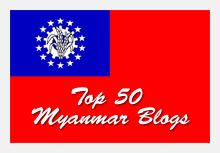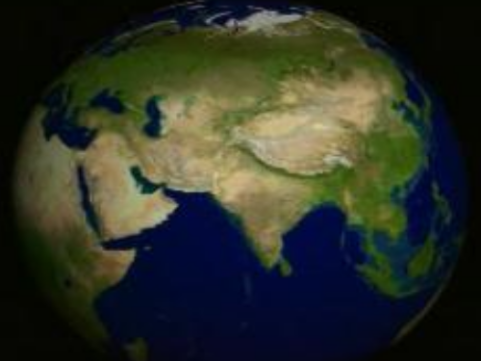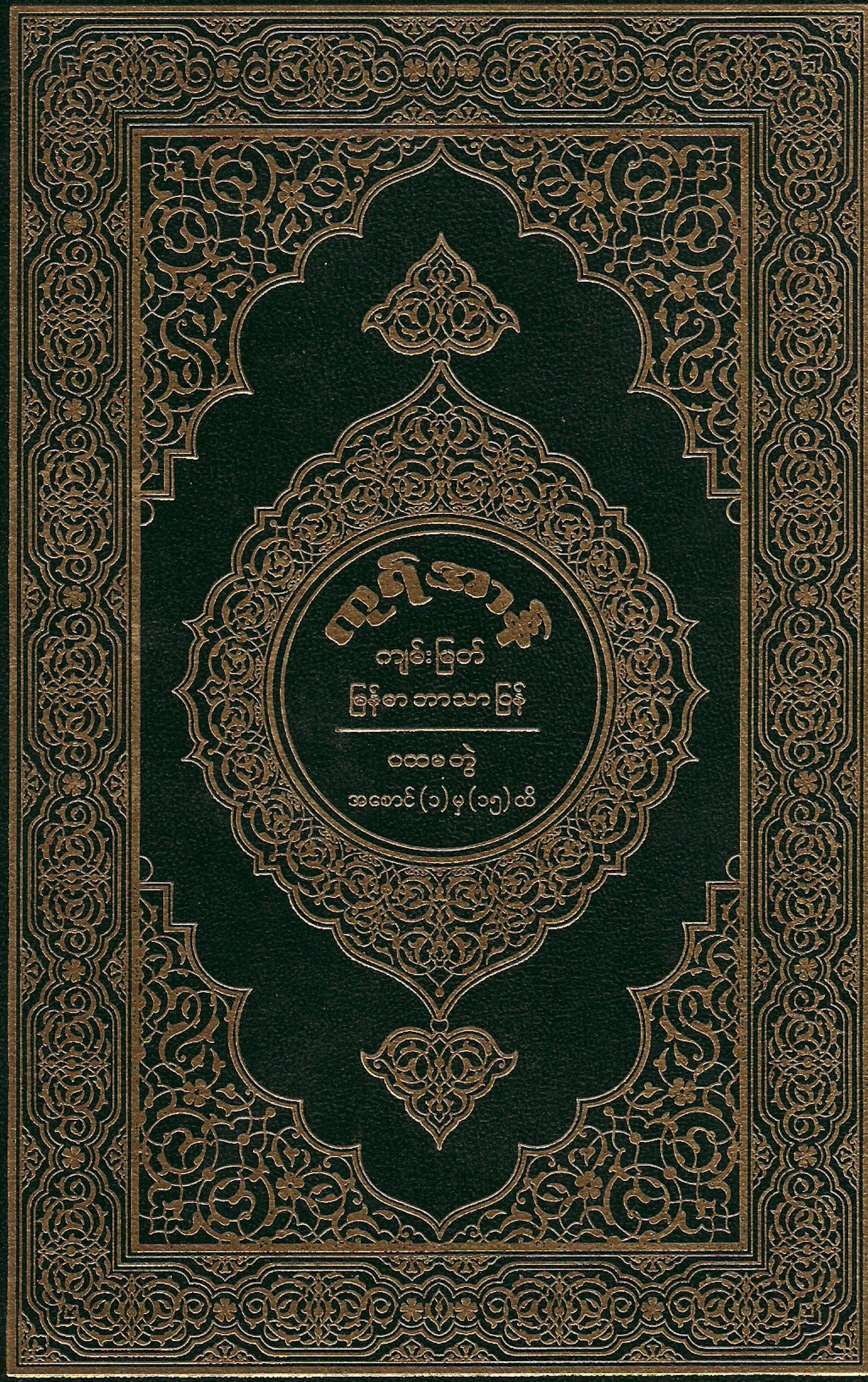China’s main ethnic minorities

Han Chinese make up nearly 92% of the Chinese population, but there are officially considered to be 55 other minority groups. The BBC News Website looks at some of them.
The Uighurs are Muslims who are predominantly based in north-western China’s Xinjiang region, although there are Uighur communities in most big Chinese cities.
Their language is related to Turkish and they regard themselves as culturally and ethnically closer to Central Asia than the rest of China.

China’s Uighurs complain of discrimination from Han Chinese
|
Xinjiang’s economy has for centuries revolved around agriculture and trade, with towns such as Kashgar thriving as hubs along the famous Silk Road.
In the early part of the 20th Century, the Uighurs briefly declared independence, but the region was brought under the control of communist China in 1949.
Xinjiang is officially described as an autonomous region, like Tibet.
In recent decades there has been increasing Han Chinese migration to the region and many Uighurs complain of discrimination. Han Chinese make up roughly 40% of Xinjiang’s population, while about 45% are Uighurs.
Urumqi’s population of about 2.3 million is now majority Han.
Some Uighurs support the notion of an independent state and there have been a number of bombings and some attacks on security forces.
Chinese authorities say the Xinjiang separatists are terrorists with links to al-Qaeda and receiving support from outside the country. The US and the UN agreed to ban one separatist group, the Eastern Turkestan Islamic Movement (ETIM), in 2002.
But campaigners accuse China of exaggerating the threat to justify tough security clampdowns in the region.
The worst unrest in decades came in July, with 156 people reported killed after a protest in the region’s capital, Urumqi, turned violent.
China’s Tibetan population lives in the mountains and high plains of the Tibetan plateau in the Tibet Autonomous Region (TAR) and nearby areas of Sichuan, Yunnan, Qinghai and Gansu provinces.
The mainstay of Tibet’s economy is agriculture, with grazing widespread on the region’s high-altitude grasslands.
Official Chinese figures put the number of Tibetans at about 5.4 million, with most practicing a form of Buddhism.
Beijing claims a centuries-old sovereignty over the Himalayan region. But the allegiances of many Tibetans lie with the exiled spiritual leader, the Dalai Lama, seen by his followers as a living god, but by China as a separatist threat.
As in Xinjiang, there has been unrest between Tibetans and migrant Han Chinese.
Tensions exploded in 2008 in the run-up to the Olympic Games in Beijing. Clashes between anti-Chinese protesters and security forces began in the Tibet’s capital, Lhasa, and spread to Tibetan communities elsewhere in China.
Beijing said 19 people were killed in the rioting, while Tibetan exile groups said nearly 100 people had been killed by security forces.

Some of China’s minorities have elaborate traditional costumes
|
The Zhuang are the second-largest ethnic group in China after the Han, with about 18 million people, most living in the Guangxi Zhuang Autonomous Region in the south.
A Guangxi revolt against Guomindang rule was brutally suppressed in 1929 and thereafter there was widespread support in the region for the Communist party.
The Zhuang language was written with Chinese characters, but in the 1950s a form using the Latin alphabet was developed and has come into use.
There are about 9.6 million Miao people in China, spread across the provinces of Guizhou, Hunan, Yunnan, Sichuan, Guangxi, Guangdong, and Hubei.
They are related to the Hmong of Vietnam – and like them, tend to live in relatively isolated, hilly areas.
The 9.8 million people of China’s Hui minority are concentrated in north-west China, in Ningxia Hui Autonomous Region, Xinjiang and Gansu and Qinghai provinces. There are also Hui communities elsewhere in the country, primarily on the east coast.
The Hui, like the Uighurs, are Turkic in origin and are Muslim but have not retained the Turkic language.
The Yao trace their origins to northern China but are now concentrated in southern China, in mountainous areas of Yunnan, Guangdong, Guangxi and Guizhou.
There are about 2.6 million Yao living in China and there are significant communities in Thailand, Vietnam and Laos.
Filed under: Burma |












+(Small).jpg)


Leave a comment